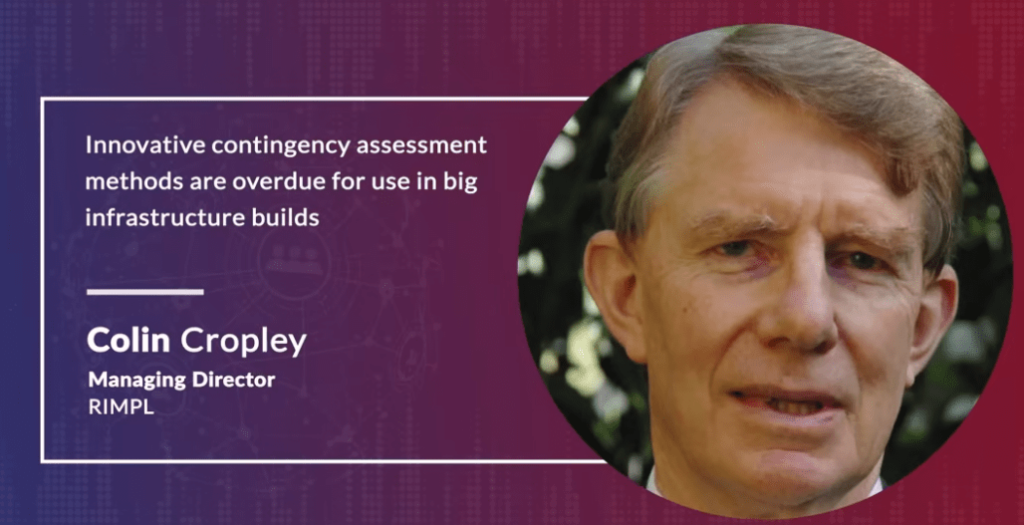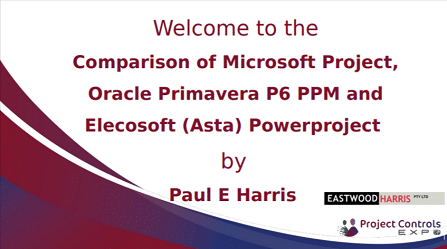The two largest states in Australia – NSW and particularly Victoria, are spending very large amounts on transport infrastructure megaprojects (see https://bigbuild.vic.gov.au/about), but their abilities to forecast realistic time and cost contingencies are far from satisfactory.
In many instances, the driver of time and cost overruns has been unrealistic forecasts of project execution durations and the cost consequences of these. One reason for this is that time and cost have not been modelled together based on realistic schedules and estimates. Another contributor has been the lack of adequate exploration of duration uncertainty drivers and risk events and their associated time-dependent cost consequences.
But the most serious omission has been the failure to recognize the biggest driver of cost and schedule risk in major and complex projects: Systemic Risk. This Unknown Known – informed parts of the project controls world have known this for more than 50 years – is the recognition that all projects are delivered within a project delivery system. Due to the involvement of humans in that system, it is never flawless.
The characteristics of that system are almost always the leading drivers of schedule and cost overruns. The strengths or weaknesses of the project delivery system also largely determine whether risk events that occur in the project are magnified or attenuated.
Fortunately, Systemic Risk can be assessed and quantified using Parametric equations based on industry research, enabling realistic forecasts for cost and schedule contingencies due to systemic risk to be produced, based on past project performances. This process is described in detail in the 2016 book by John K Hollmann “Project Risk Quantification”, including the applicability of the methodology to transport Infrastructure projects.
This presentation will cover the relevance of several proven methodologies:
Critical Path Method-based Integrated Cost & Schedule Risk Analysis (CPM based ICSRA) using Risk Factors to optimize schedule risk and thus time-dependent costs
Parametric plus Expected Value (P+EV) hybrid methodology
NASA’s Joint Confidence Levels (JCL70) which has improved the accuracy of NASA’s cost and schedule contingency forecasts immensely and the quality of their project management
Parametric plus CPM-based ICSRA, to enable schedule risk to be optimized and include past project performance, for realistic optimal forecasting of cost and schedule contingencies.










